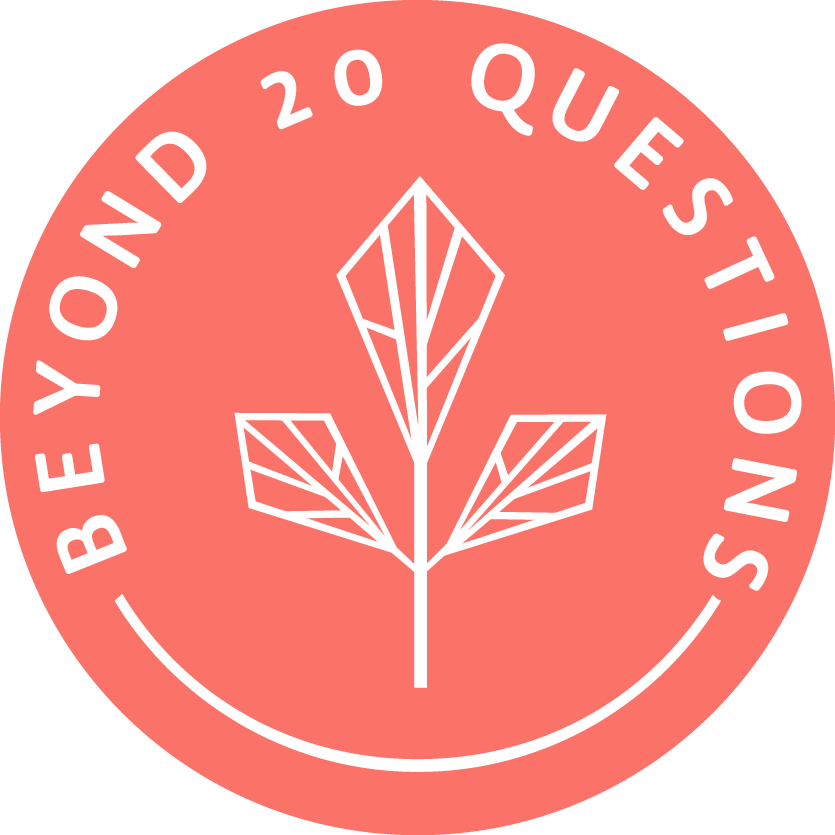How do we deal with nightmares?
It’s one thing to fight a physical enemy, but how do you deal with something that has seemingly emerged from your own neurobiology, your own imagination?
The ancient Greek physicians were fascinated with nightmares as an insight into physical disease in the patient [1]. Today, only 37% of patients experiencing clinically significant nightmares actually tell their doctor [2]. Most of these patients do not believe nightmares are treatable [2].
Given that nightmares are significantly related to increased suicide risk (see previous post!) it would seem vital that we address nightmares before they become detrimental to one’s health. However, no research has been done to assess the effects of treating nightmares on reducing suicide risk [3]. Another barrier is that the research on nightmares has not differentiated between non-REM dysphoric experiences and REM nightmares [4].
Medication
While there are many articles on PTSD-related nightmares and drugs (prazosin) do exist to treat them, what can be done about other nightmares, ones that aren’t necessarily caused by the same mechanisms? Prazosin deals with REM nightmares related to PTSD by acting on the adrenergic system. Dreams during REM sleep differ from dreams during non-REM sleep in that the former are more fragmented and bizarre and the latter make more sense in the context of your recent or past memories. Are non-REM and REM nightmares treatable in the same way? And does adrenergic overactivation play a role in both cases? If not, the drugs used for PTSD-related nightmares may be useless in non-PTSD nightmare cases.
Image Rehearsal Therapy
Now there is a technique called Imagery Rehearsal Therapy (IRT) that shows promise in alleviating nightmares [5]. In this therapy patients recall their nightmares, rework the nightmare into something better, and rehearse the new version [5]. However, the use of IRT with suicidal patients has historically been discouraged out of fear that it could worsen nightmares in the short term [6]. Unfortunately, not treating nightmares can also be problematic so the risk-benefit analysis of IRT begs re-evaluation [6].
Correcting HPA Dysfunction
Addressing the underlying mechanism is ideal, but the mechanisms underlying nightmares have not been well characterized. One suggestion is that decreased reactivity of the HPA axis has a role in producing frequent nightmares [4,7]. For example, women experiencing frequent nightmares have a blunted cortisol awakening response [7]. And in patients with PTSD, adrenocorticotropic hormone levels are associated with repeated awakenings during the night [8]. High cortisol can disrupt both quality of sleep and memory consolidation [9].
Botanicals
While there are many herbal “nightmare” remedies posted various places on the Internet, these botanicals are more associated with relaxation, reducing stress/anxiety and improving ability to fall asleep rather than with actual nightmare reduction. Some of the plants commonly mentioned include thyme, valerian, chamomile and sage. Valerian may actually cause vivid dreaming in some people [10]. Now botanicals that promote relaxation and decrease stress may be useful for patients with nightmares, but there does not appear to be any studies on this specific use. However, considering that stress could play a role in creating these nightmares, botanicals may be part of a treatment plan to address the whole person.
Final Thoughts
This field of research is still developing and hopefully we will see more treatment-centred trials in the near future. Current research has focused on establishing the link between nightmares and increased suicide risk apart from other variables like insomnia, mental illness, bullying and drug use. Now that it appears there is some consensus on the topic, efforts need to be focused on what to do about nightmares. What are the causative factors? How do we treat nightmares? And does treating nightmares decrease suicide risk?
References
Laios, K. et al. Dreams in ancient Greek Medicine. Psychiatrike 27, 215–221
Nadorff, M. R., Nadorff, D. K. & Germain, A. Nightmares: Under-Reported, Undetected, and Therefore Untreated. J. Clin. Sleep Med. (2015). doi:10.5664/jcsm.4850
Golding, S., Nadorff, M. R., Winer, E. S. & Ward, K. C. Unpacking Sleep and Suicide in Older Adults in a Combined Online Sample. J. Clin. Sleep Med. 11, 1385–92 (2015).
McCall, W. V. & Black, C. G. The link between suicide and insomnia: theoretical mechanisms. Curr. Psychiatry Rep. 15, 389 (2013).
Littlewood, D. L., Gooding, P. A., Panagioti, M. & Kyle, S. D. Nightmares and Suicide in Posttraumatic Stress Disorder: The Mediating Role of Defeat, Entrapment, and Hopelessness. J. Clin. Sleep Med. 12, 393–9 (2016).
Nadorff, M. R., Nazem, S. & Fiske, A. Insomnia symptoms, nightmares, and suicide risk: duration of sleep disturbance matters. Suicide Life. Threat. Behav. 43, 139–49 (2013).
Nagy, T. et al. Frequent nightmares are associated with blunted cortisol awakening response in women. Physiol. Behav. 147, 233–237 (2015).
van Liempt, S. et al. Sympathetic activity and hypothalamo-pituitary–adrenal axis activity during sleep in post-traumatic stress disorder: A study assessing polysomnography with simultaneous blood sampling. Psychoneuroendocrinology 38, 155–165 (2013).
Payne, J. D. & Nadel, L. Sleep, dreams, and memory consolidation: the role of the stress hormone cortisol. Learn. Mem. 11, 671–8 (2004).
Wheatley, D. Kava and valerian in the treatment of stress-induced insomnia. Phytother. Res. 15, 549–51 (2001).
Photo credit: Hernan Sanchez

